NACC Commissioner Paul Brereton’s “in office misconduct” has met and exceeded the NACC’s own “exceptional circumstances” criteria to justify a public hearing into Brereton’s “misconduct”. Shane Dowling reports.
Failure to have a public hearing will leave a stench of corruption hanging over the NACC until Commissioner Paul Brereton resigns and maybe long after and that I argue meets the NACC’s own “exceptional circumstances” criteria to justify a public hearing.
On Wednesday (30/10/24), the Inspector of the NACC, Gail Furness, SC, published a report into “an investigation into agency maladministration or officer misconduct in relation to the decision of the National Anti-Corruption Commission (NACC) not to investigate the referrals of six persons from the Royal Commission into the Robodebt Scheme.”
As it stands, the Inspector of the NACC made a finding that NACC Commissioner Paul Brereton engaged “in officer misconduct” by failing to properly recuse himself from the 6 Robodebt referrals matter.
But the Inspector of the NACC, Gail Furness, SC, also found that NACC Commissioner Paul Brereton’s conduct was
conduct that is not unlawful but arose from a mistake of law or fact.
The story so far
The National Anti-Corruption Commission (NACC) started operations on the 1st of July 2023.
On or about the 7th of July 2023, the NACC received a sealed section of the Robodebt Royal Commission Report, which had six names of people recommended for further investigation by the NACC.
On the 6th of June 2024, the National Anti-Corruption Commission (NACC) issued a press release saying they would not investigate nor take any action, including against NACC Commissioner Paul Brereton’s good friend Kathryn Campbell, after sitting on the referral for 11 months.
On the 13th of June 2024, the Inspector of the National Anti-Corruption Commission, Gail Furness SC, announced that she would investigate the NACC for alleged “corrupt conduct” regarding the Robodebt cover-up” because the NACC has refused the investigate the six people that the Robodebt Royal Commission referred to them for investigation.
It’s also worth noting that on the 20th of June 2024, Kangaroo Court of Australia published an article titled “Scott Morrison outed as one of the six referred to the NACC by the Robodebt RC – The prima facie case”.
On the 8th of August 2024, Twitter journalist Jommy Tee posted documents and emails he received via a Freedom of Information (FOI) request he made to the NACC about Commissioner Paul Brereton recusing himself from the Robodebt referrals.
The Guardian sent questions to the NACC and published an article on the 15th of August 2024 with the NACC’s response.
NACC response
The key new information in the NACC response was that Brereton “retained visibility of significant steps taken” in relation to the Robodebt Royal Commission referrals and
contributed his own views on some issues when requested or when he considered appropriate.
Every lawyer in Australia would not be able to stop laughing if they read a judge recused himself but then “retained visibility of significant steps taken” in relation to the matter and “contributed his own views on some issues when requested or when he considered appropriate”.
It was all over, bar the shouting, when The Guardian reported the above admissions by the NACC. Any police officer will tell you the best evidence is a confession, and the NACC admission is in effect a confession that Paul Brereton lied about recusing himself from the matter.
Why did NACC decline to pursue the Robodebt scandal? Conflict of interests revealed.
Brereton and Campbell’s relationship
The personal relationship that NACC Commissioner Paul Brereton has with Robodebt’s Kathryn Campbell and her husband, Paul Brennan, was reported in July 2023. They know each other from the Army Reserve.
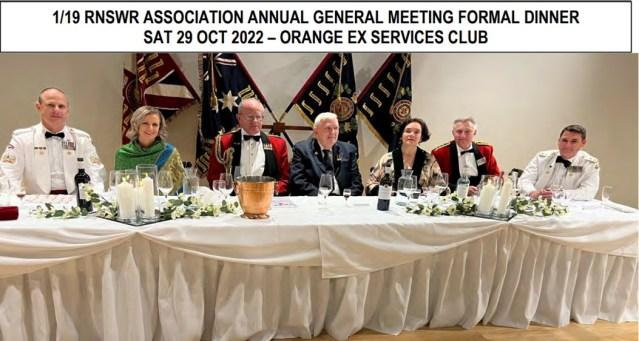
Above are 3rd from left Paul Brereton, 3rd from right Kathryn Campbell and her husband Paul Brennan, 2nd from right.
How well they know each other does not seem to have been explored by the Inspector of the NACC, which is disturbing.
The cornerstone of all recusal judgments is that all the details of any personal conflict are detailed in the judgment. The fact that they are not adds weight to the need for a public hearing.
I should note it is not up to Kathryn Campbell, or her husband, to make Paul Brereton recuse himself and so there is no allegation she did anything wrong regarding Brereton’s fake recusal.
Gail Furness’ report
Some of the key details in the Executive Summary of the report are:
The main issue which emerged from the material gathered during the investigation, was the actions taken by the NACC Commissioner following his declaration of a conflict of interest in relation to one of the referred persons.
The NACC Commissioner made a number of declarations describing the interest in relation to that person as a person “he knows well”, “who is well known to me” and “with whom I have had a close association”.
The NACC Commissioner dealt with his declared conflict by delegating the decision as to whether to investigate the referrals, to a Deputy Commissioner.
I found that, in light of the conflict of interest, the NACC Commissioner should have not only designated a delegate but removed himself from related decision-making processes and limited his exposure to the relevant factual information. This was not done.
I found that the NACC Commissioner’s involvement in the decision-making was comprehensive, before, during and after the 19 October 2023 meeting at which the substantive decision was made not to investigate the referrals.
The NACC Commissioner contributed to the discussion at that meeting, settled the minutes of that meeting and was involved in formulating the reasons for decision and also the terms of the media statement.
I concluded that a third-party, fair-minded observer might reasonably apprehend that the NACC Commissioner involvement might have impinged on the impartiality of the decision-making of the delegated Deputy Commissioner. My conclusion is based on an apprehension of partiality rather than actual partiality. I make no finding against the delegated Deputy Commissioner.
I found that natural justice or procedural fairness required the NACC Commissioner not to participate in the decision-making with respect to the referred person. By participating in the decision-making in the way he did, the NACC Commissioner made a mistake of law or fact.
The mistake was as to the requirements of procedural fairness, which amounts to an error of judgement rather than a matter of mere procedure.
I concluded that the NACC Commissioner engaged in officer misconduct as defined in section 184(3) of the National Anti-Corruption Commission Act 2022 (Cth) (NACC Act), being conduct that is not unlawful but arose from a mistake of law or fact.
These findings about the declared conflict of interest are based on advice provided by the Hon Alan Robertson SC, former Federal Court judge, whom I engaged to assist me. His advice is contained in the Robertson Report which is attached to this Report.
Commissioner Paul Brereton only told Gail Furness that his personal interest was a person “he knows well”, “who is well known to me,” and “with whom I have had a close association”.
However, the NACC issued a statement this week, saying, “The Commissioner declared, immediately and repeatedly, that he had a perceived (not actual) conflict of interest, arising from a prior professional, not personal, relationship with one of the referred persons. The Commissioner and that individual have never socialised other than at official functions, nor visited each other’s homes.”
Paul Brereton and Gail Furness would both know that Paul Brereton should have supplied Gail Furness with a detailed list of all the times (when, where and for how long, etc) he met with Kathryn Campbell and her husband. That was clearly not done. What is Brereton hiding?
According to the SMH on 30 October ($), former NSW Supreme Court judge Anthony Whealy, who chairs the not-for-profit Centre for Public Integrity, said the inspector’s report showed misconduct by Brereton.
“I think we’ve got to draw a distinction between unlawful conduct by a commissioner and this type of misconduct, which is reprehensible but not necessarily [deserving] of termination,” he said.
I think it’s a joke for anyone in the legal fraternity or media to defend Paul Brereton as Anthony Whealy has done, but the SMH did go on to say:
Melbourne Law School associate professor William Partlett, who is a fellow at the Centre for Public Integrity, was more critical of Brereton for not removing himself entirely from the decision over the Robodebt referrals. “The commissioner of an anti-corruption commission should be completely above reproach, and the fact that the inspector has made that finding, I think, is not a good position for him to be in,” Partlett said.
I think he should resign for that reason.
Conclusion
The problem with NACC Inspector Gail Furness, SC, finding it was “a mistake of law or fact” is that not even a first-year law student would make that mistake, and if they did in an examination, they would fail.
Yet here we have NACC Inspector Gail Furness, SC, saying it was a “mistake”. Looks like the old Attorney-Attorney respect law kicking in where they all look after each other.
What Gail Furness should have said is:
NACC Commissioner Paul Brereton’s CV on the NACC website says: The Hon Paul Brereton AM RFD SC has been a solicitor, barrister, senior counsel, judge and judge of appeal of the Supreme Court of New South Wales, Deputy Chair of the NSW Law Reform Commission and Deputy President of the Defence Force Discipline Appeal Tribunal. He has extensive experience leading complex and sensitive investigations, including as Assistant Inspector-General of the Australian Defence Force when he delivered the Afghanistan Inquiry Report.
He has also held several senior leadership positions in the Australian Defence Force Reserves.
Based on that CV, it is not plausible that Commissioner Paul Brereton’s actions were a “mistake ” that even a first-year law student would not make and therefor I find Paul Brereton acted deliberately when he failed to recuse himself from the Robodebt 6 matter.
Paul Brereton should be referred to the Commonwealth Director of Public Prosecutions for criminal charges to be commenced.
But as we know, NACC Inspector Gail Furness, SC, did not say that, which is a further reason why we need a public hearing.
Or does it just come to an end with Gail Furness’ findings it was a mistake?
Anything less than a public hearing into Paul Brereton’s “misconduct” is a cover-up.
The NACC and Commissioner Paul Brereton are not just under fire for the above scandal. They have failed right across the park, and once the dust settles, I think the government will realise Commissioner Paul Brereton is too big a liability of the government’s own making, and he will be tapped on the shoulder to resign.
Vindication for Robodebt victims elusive as NACC investigates itself
This post was originally published on Michael West.


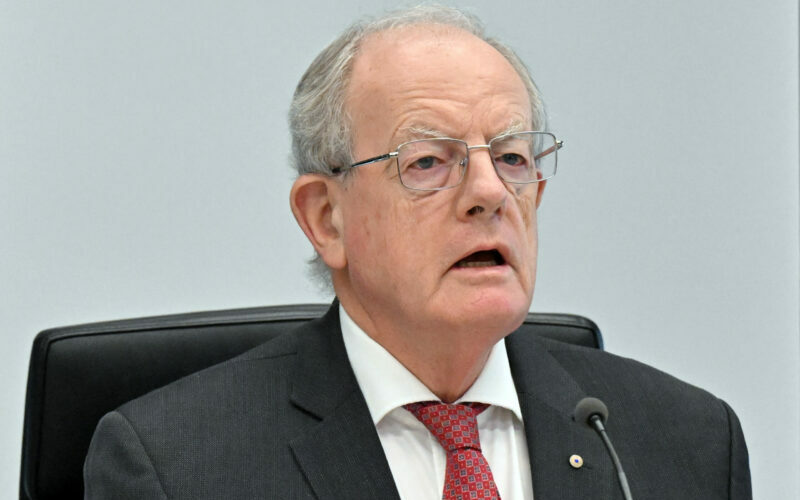


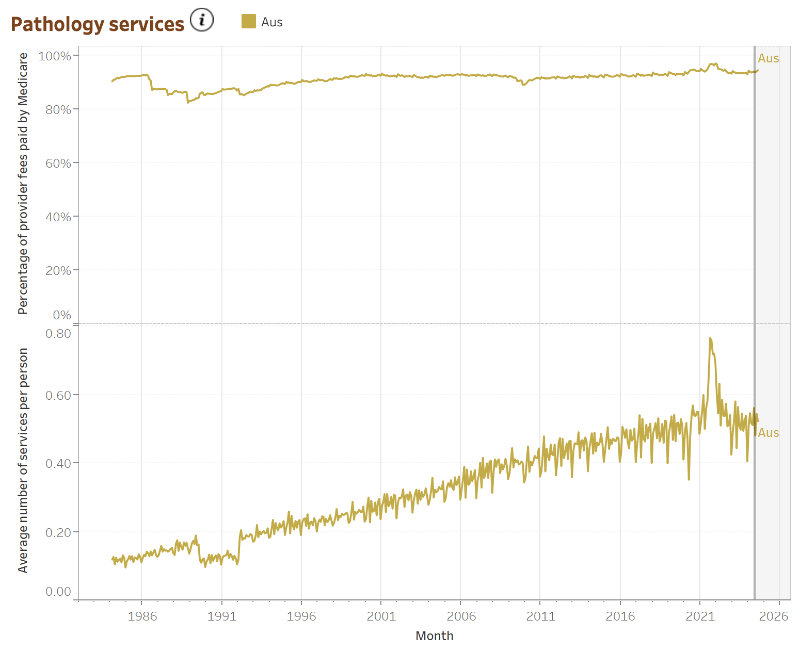










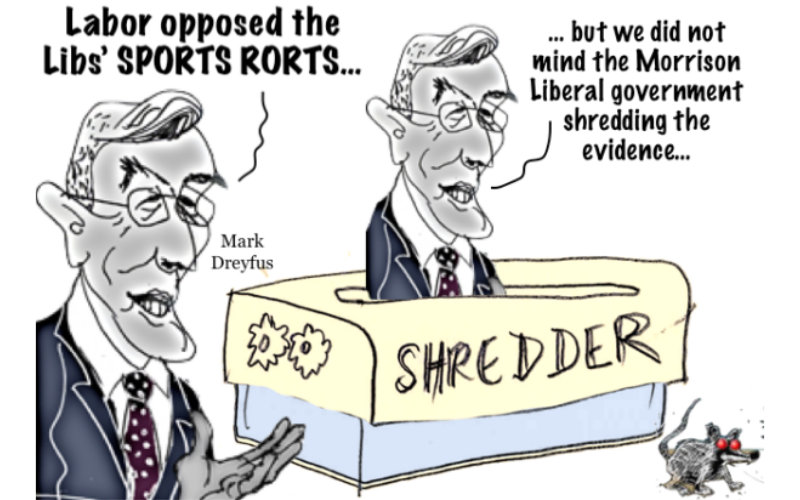




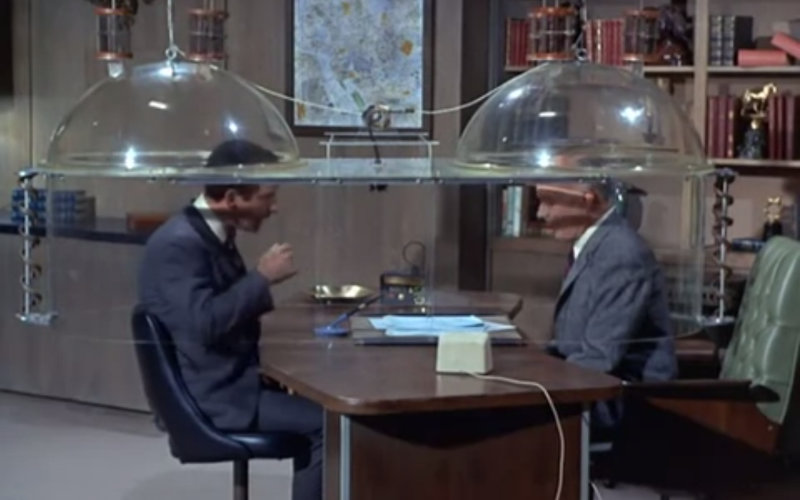







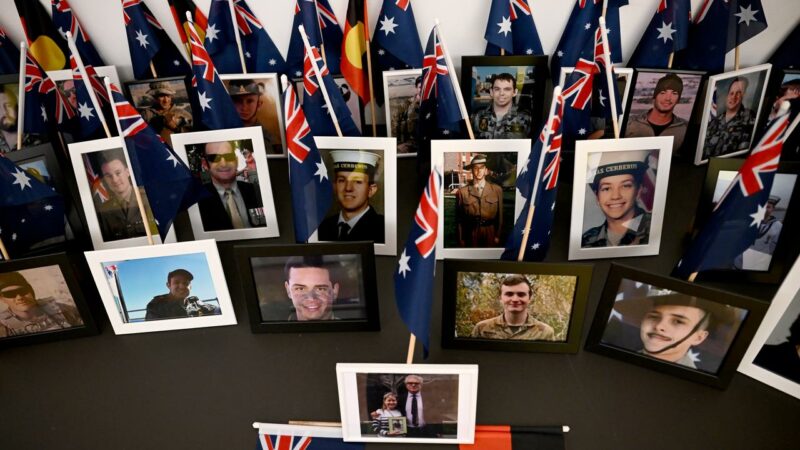



 What’s going on, I thought. This reconsideration has been in play for over a year, and the minister doesn’t yet have a decision brief. That makes no sense.
What’s going on, I thought. This reconsideration has been in play for over a year, and the minister doesn’t yet have a decision brief. That makes no sense.